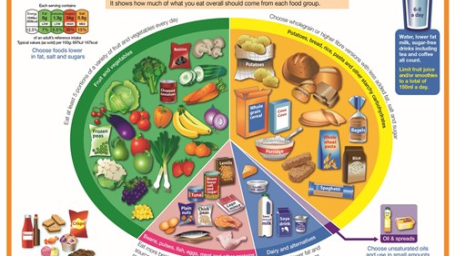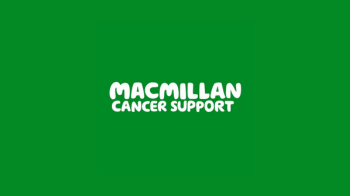How to treat a chest wall injury
This page provides information for patients with any of the following:
- Fractured (broken) ribs
- Fractured sternum (breastbone)
- Chest wall bruising
Injuries of the chest wall can be very painful. Due to movement of the chest wall, deep breathing and coughing will be painful, but it is important to breathe and cough normally. Chest wall injuries often take several weeks to get better. As a rough guide, a patient with one broken/bruised rib can expect to be in pain for three weeks and to be in discomfort for several more weeks and even longer if more than one rib is involved. It may be helpful to sleep sitting upright for the first few nights.
There is no specific treatment for broken ribs and it is not always necessary to X-ray the chest, as the treatment for a broken rib is the same as that for a bruised chest. This is to take painkillers and follow the guidelines below.
The main complication is stagnation of the normal chest secretions leading to chest infection. The risk is greater in smokers and people with chest disease.
To prevent infection, you must:
- Do regular deep breathing exercises: 10 very deep breaths every hour.
- If you feel the need to cough, it is vital that you do cough to remove phlegm. You should not suppress it, despite the pain. It will be more comfortable to cough if you support the painful area with a pillow or, after a few days, your hand.
- Do take regular painkilling tablets, either as prescribed or as bought over the counter (e.g. aspirin or paracetamol). This will make it easier to cough and breathe deeply. Do not take cough linctus.
See your General Practitioner (GP) if:
- You become short of breath.
- You start to cough up green, yellow or blood-stained sputum (phlegm).
- You become unwell with a temperature.
This page gives guidance only. If you have any queries or your symptoms worsen, please contact your GP surgery or the Emergency Department.
If you are unsure of anything, please do not hesitate to phone us. A nurse is always available to give advice and will be happy to help.
© North Bristol NHS Trust. This edition published April 2024. Review due April 2027. NBT002256.




